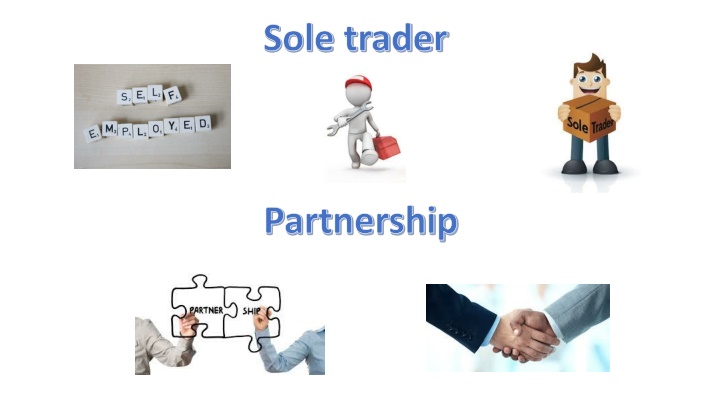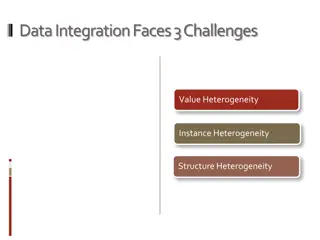
Different Business Structures and Their Implications
Explore the various business structures such as sole trader, partnership, social enterprise, private limited companies, public limited companies, and co-operative. Understand the differences in liability, decision-making, capital raising, and operational rules. Discover the advantages and disadvantages of each business type and how they impact ownership, control, and financial aspects.
Download Presentation

Please find below an Image/Link to download the presentation.
The content on the website is provided AS IS for your information and personal use only. It may not be sold, licensed, or shared on other websites without obtaining consent from the author. If you encounter any issues during the download, it is possible that the publisher has removed the file from their server.
You are allowed to download the files provided on this website for personal or commercial use, subject to the condition that they are used lawfully. All files are the property of their respective owners.
The content on the website is provided AS IS for your information and personal use only. It may not be sold, licensed, or shared on other websites without obtaining consent from the author.
E N D
Presentation Transcript
Sole trader Partnership
Social enterprise Private limited companies
Has unlimited liability. This means that the business owner is liable for all the debts of All the decisions and the future success of a business rest with one person. the business, up to and including the value of all assets held. The most popular form of business in the UK and are run by a single individual. A quick examination of a business directory such as Yellow Pages will show that there are thousands in every town or city. Costs are low due to the simplicity of setting up and no legal formalities, so there is little administrative cost. All the decisions and the future success of a business rest with one person. Normally there can be between two and 20 partners, but in certain businesses such as accountancy firms, there can be many more partners than this.
Capital can still be limited, with the same problems of raising external capital that a sole trader has. The rules of partnership are laid down in a Partnership Agreement, or the Deed of Partnership. The Deed of Partnership lays out such rules of operations as the amounts of capital invested The partners still have unlimited liability of partners (sleeping partners who invest, but take no part in the day-to-day running of the business can have limited liability). Limited liability, shares can only be sold if all the shareholders agree control is not lost to outsiders. Capital can be raised through increasing shareholders; other businesses and lenders are more likely to trade and invest.
Increased costs in setting up; anyone can buy shares so there is an increased threat of losing control. Profits have to be shared with shareholders; shares cannot be sold to the public which may restrict the investment of additional capital. Limited liability, capital can be raised through selling shares to the public; Big Issue s mission statement is: Our mission as a UK charity for people who are homeless, is to connect vendors with the vital support and personal solutions that enable them to rebuild their lives. Are established with the aim of collecting money from individuals and spending it on a cause, which is usually specified in its title.
Members benefit through the payment of a dividend (their share of the co-operatives profits) in the form of money-off vouchers. Is an organisation owned by its members. Employees of co-operatives automatically become members after a short probationary period. Trade to help solve social problems, improve the communities they operate in, and improve the environment. Enterprises aim to make profits from selling goods and services in the open market; but then, instead of paying dividends, they reinvest these profits, towards achieving their social objectives.






















